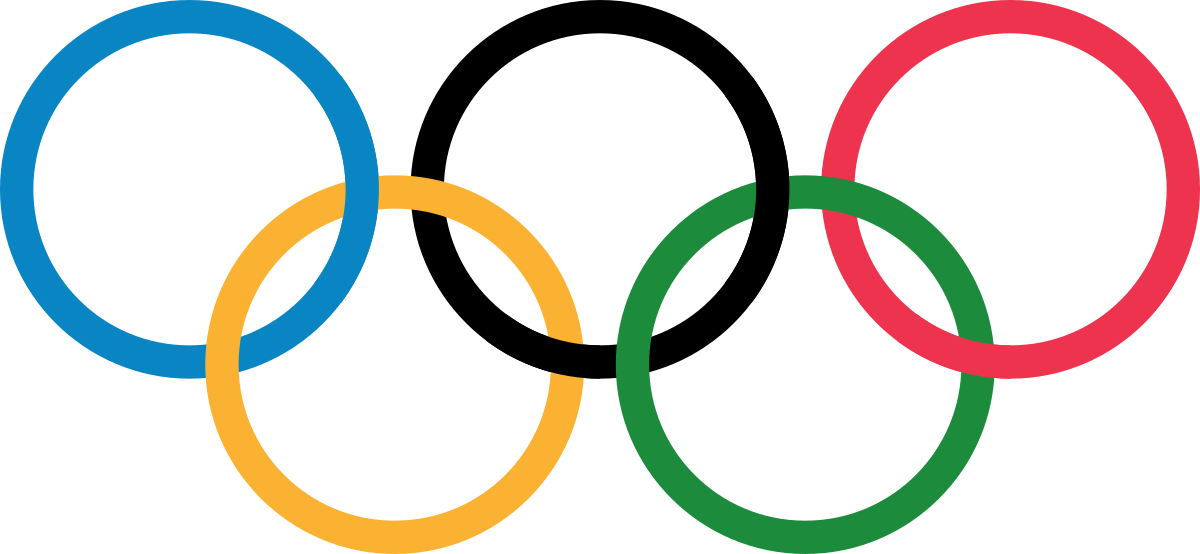Motivation¶
The modern Olympic Games are the greatest sports mega-event in the world (Grix, 2013). It generates a massive number of audiences worldwide. The latest Rio 2016 Olympics, for example, attracted 3.5 billion viewers (Roxbourough, 2016), half of the world population. Apart from this mobilizing power, the Olympic Games have significant political (Giulianotii, 2015; Cottrell & Nelson, 2010; MacAloon, 1995), economic (Madden, 2002; Blake, 2005; Osada, Ojima, Kurachi, Miura, & Kawamoto, 2016), and socio-cultural (Malfas, Theodoraki, & Houlihan, 2004) impacts. It also contributes to global friendship and cooperation (Beutler, 2008).
Gender equality in sports has been a hot topic (Mervosh & Caron, 2019). Debates on this issue have revolved around equal pay and media coverage (Baker, Seymour, & Zimbalist, 2019). There has long been an obvious gender pay gap in sports (Abrams, 2019; Farmer, 2017). For example, of the 100 athletes on the 2019 Forbes list of the world’s highest-paid athletes, only one of them is a woman. i.e., Serena Williams, who is ranked 63th on the list. There has also been a lack of media coverage on women in sports. Although 40% of all sports participants are female, only 4% of the sports media coverage were about female athletes (MacKenzie, 2019). A study (Cooky, Messner, & Musto, 2015) examining sports coverage from 1989 to 2014 found that despite a dramatic increase in the number of women playing sports (Good, 2015), there had been a decrease in the amount of coverage of female athletes. Under this backdrop, we aim to look at female participation across the globe in the Summer Olympic Games of the past 120 years.
Recently, there has been a trend that fewer cities want to host the Olympics, challenging the future of a century-old tradition (Goldblatt, 2016). For example, 12 cities bid for 2004 Summer Olympics but only two for the 2020 Winter games (Ludacer, 2018). Considering the importance of Olympic success in national pride (Mower, 2012), a home-field advantage in the Olympics might encourage countries to bid for hosting the mega-event. Therefore, it is worth investigating whether this advantage exists in the Olympics, and how significant it is.
Although earning medals can boost national pride, countries are not “born equal” in terms of their ability to achieve Olympic success. Studies have demonstrated that population sizes and economic development for a large part determined a country’s Olympic performance (Soos, Martinez, & Szabo, 2017; Xun, 2005; Bernard & Busse, 2004). However, we think it’s unfair to compare Singapore with the United States in terms of total number of medals earned, because the two countries have totally different population size. What is more important is “medal efficiency”, i.e., medal counts per athlete participating in the Olympics. In other words, we are more concerned about how effective a country is to earn medals, rather than the total number of medals earned. We aim to look at how this “medal efficiency” differs between countries.
Apart from its significance for societies at large, Olympics is associated with individuals’ health as well (Sandercocok, Beedie, & Mann, 2016). People might be inspired by the Olympics and more actively engage in physical activities. Besides its benefits for physical health (Warburton, Nicol, & Bredin, 2006), it has psychological benefits as well (Ghildiyal, 2015). For example, playing sports can help build one’s characters. With the importance of sports in mind, we want to examine which sports in the Olympics history have the highest number of participants.
